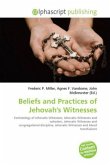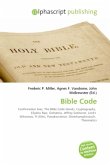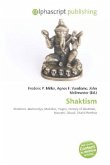Please note that the content of this book primarily consists of articles available from Wikipedia or other free sources online. Celtic polytheism, sometimes known as Celtic paganism, refers to the religious beliefs and practices of the ancient Celtic peoples of Western Europe prior to Christianization. Celtic polytheism was animistic, believing in spirits existing in natural objects such as trees and rocks. Religious beliefs and practices of the Celts varied throughout the different Celtic lands, which included Ireland, Great Britain, Celtiberia, Gaul, areas along the Danube river, and Galatia; however there were commonalities shared by all. Celtic religious practices bear the marks of Romanization following the Roman Empire''s conquest of certain Celtic lands such as Gaul (58 51 BCE) and Britain (43 CE), although the depth and significance of Romanization is a subject of scholarly disagreement. Celtic polytheism declined in the Roman Empire period, especially after the outlawingof one form of it, Druidism,by the emperor Claudius in 54 CE. It persisted somewhat longer in Britain and Ireland, where it gradually disappeared during Christianization, over the 5th to 6th centuries.
Bitte wählen Sie Ihr Anliegen aus.
Rechnungen
Retourenschein anfordern
Bestellstatus
Storno








